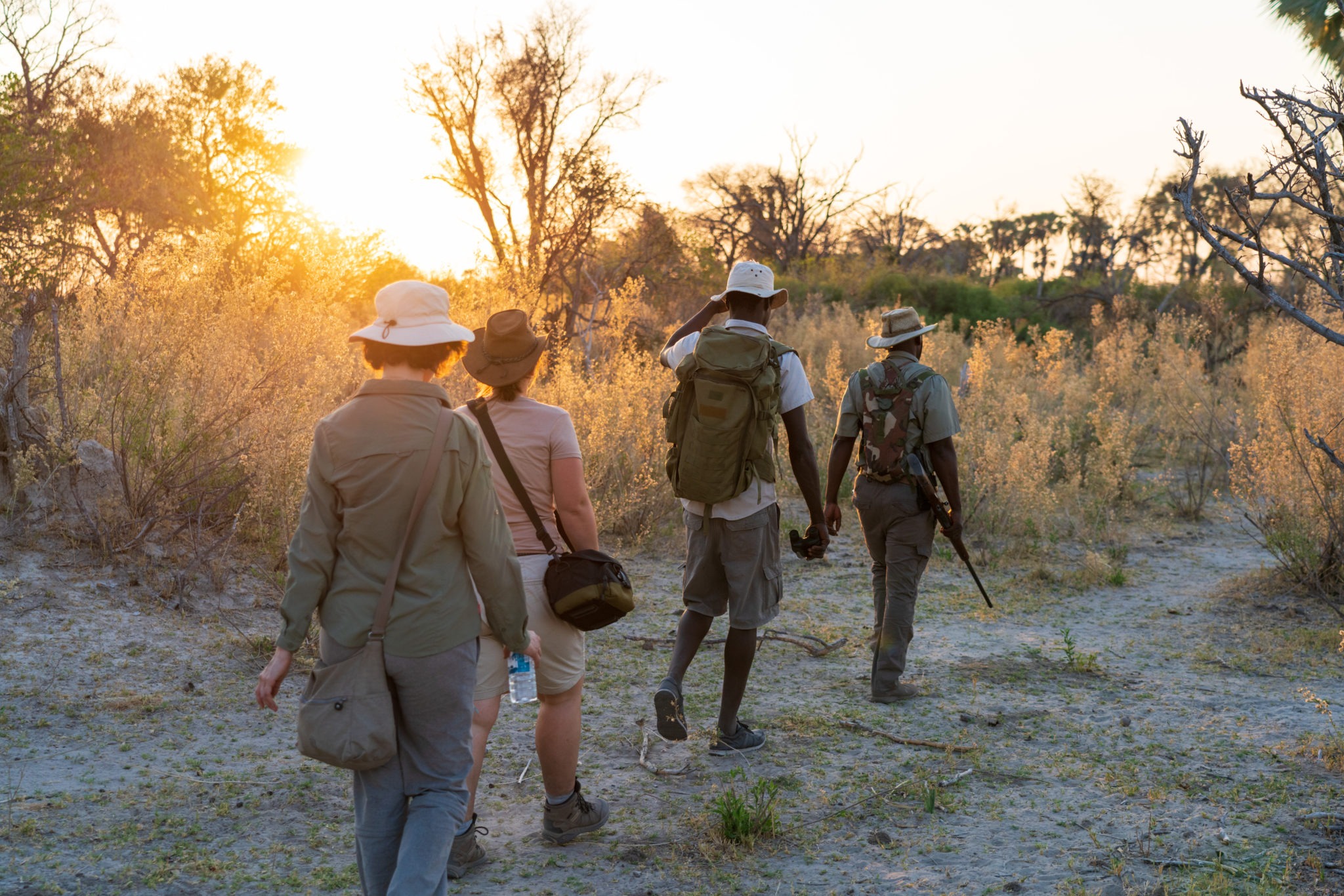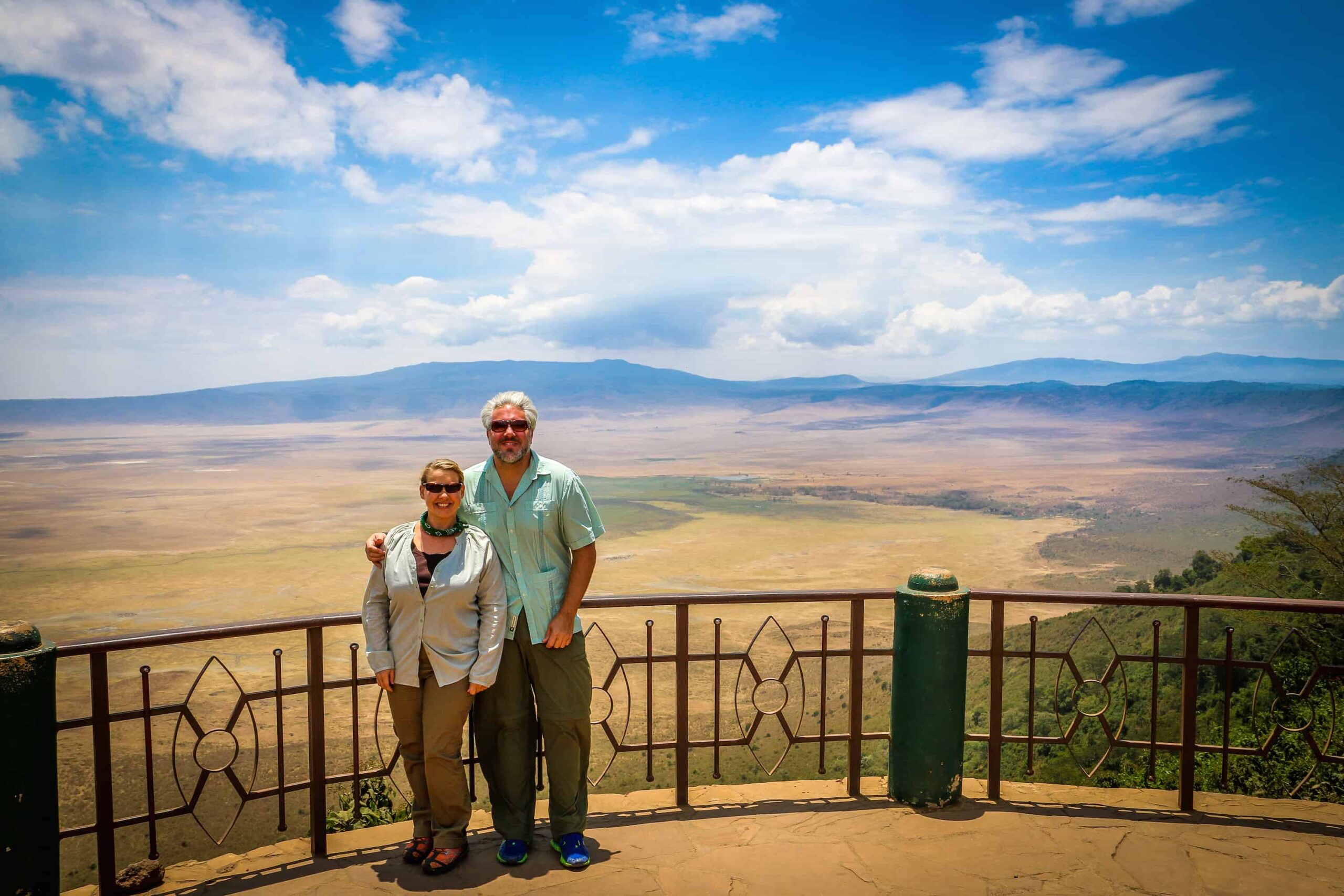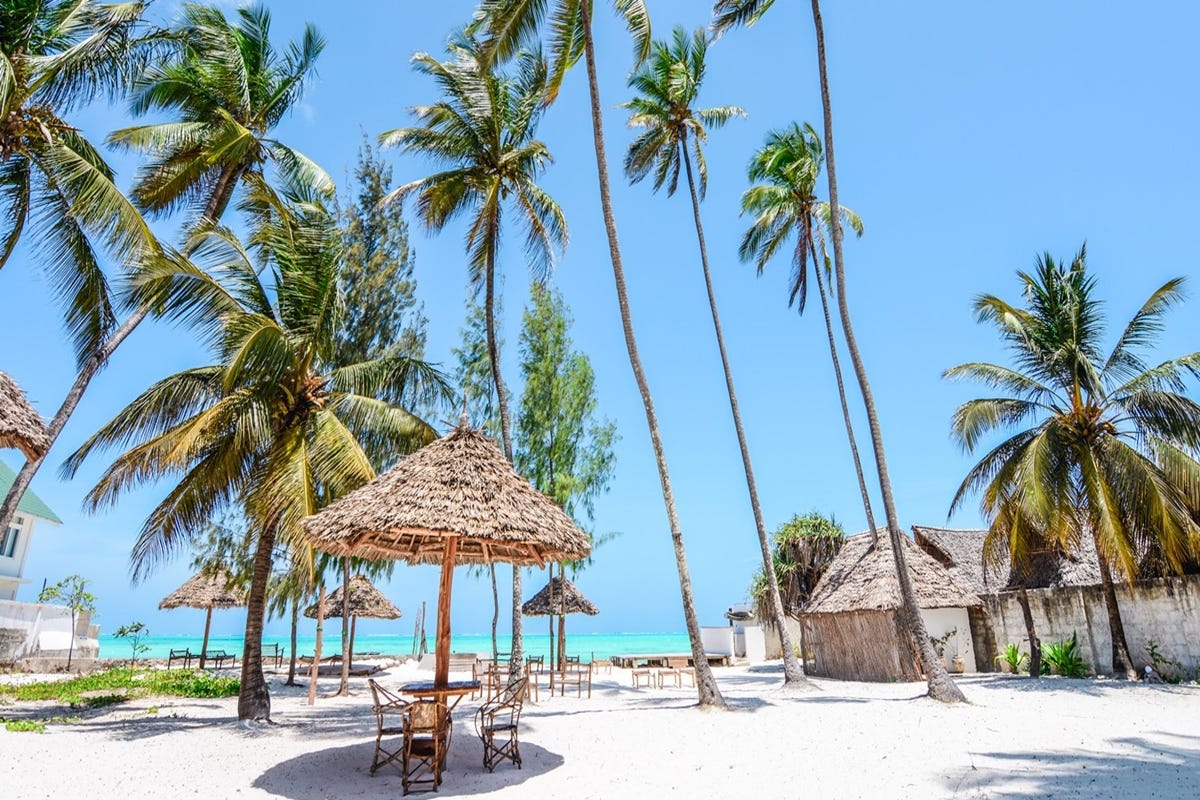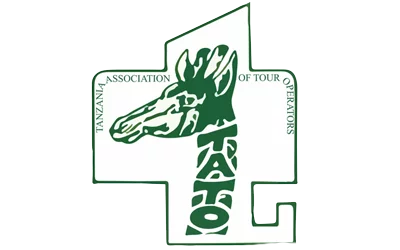Introduction
Climbing Mount Kilimanjaro, Africa’s tallest peak and one of the world’s Seven Summits, is a bucket-list adventure that promises awe-inspiring vistas and a sense of accomplishment like no other. However, choosing the right time to attempt this incredible feat can greatly impact your overall experience. In this guide, we’ll help you determine the best time to climb Kilimanjaro, considering crucial factors such as weather, crowds, and personal preferences.
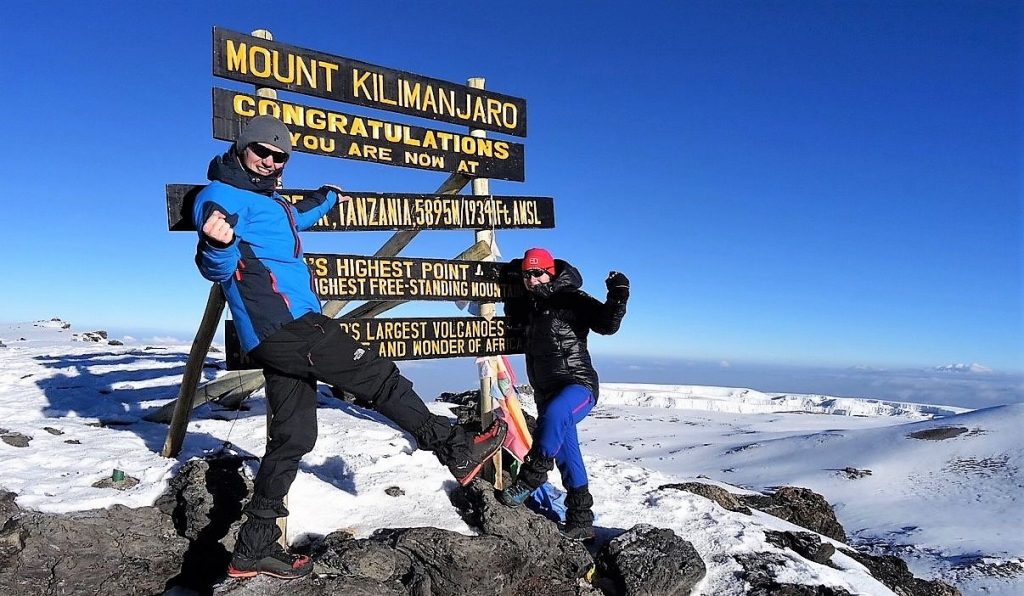
1. Weather Conditions
Arguably the most critical factor to consider when planning your Kilimanjaro climb is the weather. The mountain’s climate varies significantly throughout the year, and selecting the right season can mean the difference between an enjoyable trek and a challenging ordeal.
a. Dry Seasons:
The dry seasons, which occur from late December to early March and from June to mid-October, are generally the best times to climb Kilimanjaro. During these periods, the weather is relatively stable, with clear skies and lower chances of precipitation. The dry conditions enhance your chances of reaching the summit and offer breathtaking views of the surrounding landscapes.
b. Wet Seasons:
Conversely, the wet seasons, which span from late March to early June and from mid-October to early December, bring heavy rains and muddy trails to Kilimanjaro. Climbing during these times can be treacherous, as slippery paths and wet gear may impede your progress and comfort.
2. Crowds
Another crucial factor to consider is the number of climbers on the mountain. Kilimanjaro can get crowded during peak seasons, which can affect your experience in several ways.
a. Peak Season (July to October):
The peak season sees the most climbers on the mountain, thanks to the favorable weather conditions. While the clear skies and warmer temperatures make it an appealing time to climb, it also means more crowded trails and busier campsites. If you prefer a sociable atmosphere and don’t mind the hustle and bustle, this may be the right time for you.
b. Shoulder Seasons (January to March and June to mid-October):
The shoulder seasons offer a balance between decent weather and fewer crowds. These months are an excellent choice if you want a more peaceful and serene Kilimanjaro experience while still benefiting from favorable conditions.
c. Low Season (April, May, and November to early December):
The low season experiences the fewest climbers due to challenging weather conditions. While the chances of encountering crowds are slim, the trade-off is dealing with wet and muddy trails. If you’re seeking solitude and don’t mind some rain, this may be the time for you.
3. Personal Preferences
Ultimately, the best time to climb Kilimanjaro depends on your personal preferences and priorities.
a. Comfort and Views:
If you prioritize clear skies, warm temperatures, and panoramic views, the dry seasons (late December to early March and June to mid-October) are your best bet.
b. Solitude:
For a quieter, more solitary trek, consider the low season (April, May, and November to early December), even if it means dealing with wet conditions.
c. Balanced Experience:
If you’re looking for a balance between good weather and manageable crowds, the shoulder seasons (January to March and June to mid-October) offer an appealing compromise.
Conclusion
Choosing the best time to climb Kilimanjaro is a decision that should align with your preferences and priorities. Whether you prioritize favorable weather, solitude, or a balanced experience, understanding the seasonal variations and their impact on crowds and weather conditions is crucial for a successful ascent of Africa’s highest peak. With careful planning and consideration of these factors, your Kilimanjaro adventure is sure to be an unforgettable experience, regardless of the season you choose. Read our Kilimanjaro packing list and FAQs.

